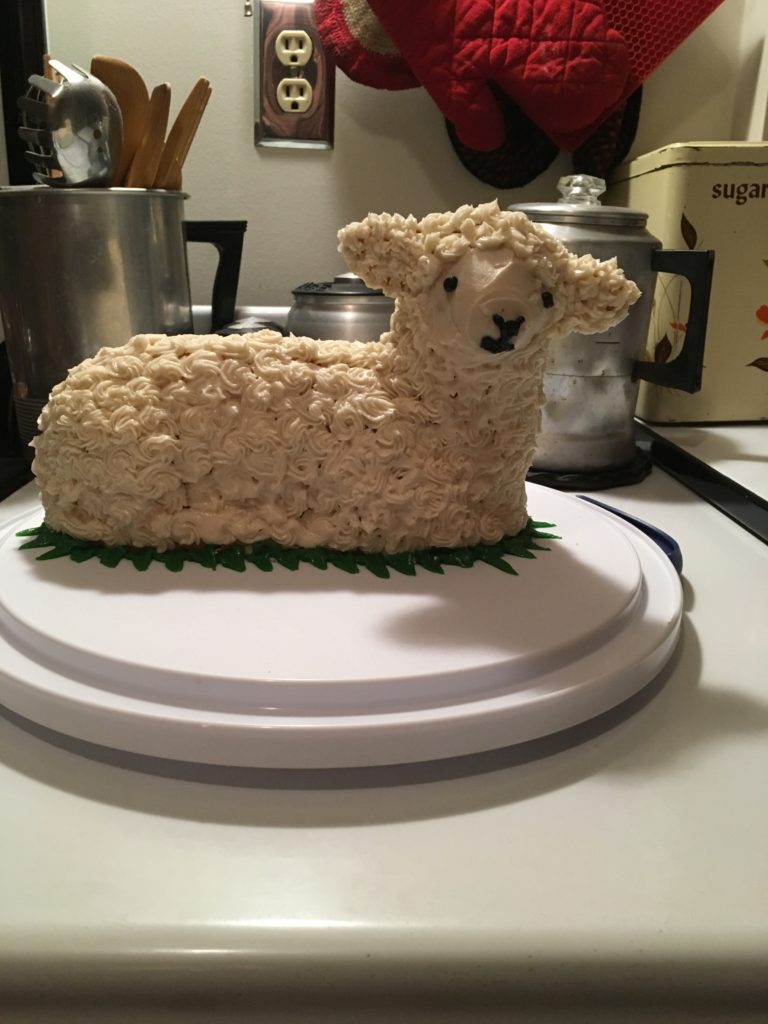
Dorri Partain
Contributor
Is your Easter lamb made of cake, or butter?
While the Easter Bunny may fill your basket with chocolate bunnies, jelly bean eggs, and marshmallow chicks, for many families, the Easter lamb holds a place of honor on the table during the holiday meal.
Lamb cakes originated in Germany, where the Osterlamm Kuchen is baked in a two-piece metal pan, sprinkled with powdered sugar and decorated with a red ribbon around the neck.
A red banner showing the Chi Rho (a Christian symbol that uses the first two letters of the Greek spelling of Christ) is inserted in traditional versions.
Immigrants from Germany brought the shaped baking pans and tradition with them when they arrived in America, where it has been adapted by other cultures to symbolize Jesus Christ as the sacrificial lamb.
Locally, there is usually at least one lamb cake displayed during the annual St. Joseph’s Table celebration (March 18) at area Catholic churches.In America, powdered sugar is usually replaced with swirls of white frosting or an additional coating of flaked coconut. The eyes and nose might be raisins, with a slice of maraschino cherry for the mouth, or different colors of jelly beans, and placed on a bed of Easter grass.
In other European cultures, especially in Poland, Slovenia, and Russia, the Easter table decoration is crafted from butter, then decorated with the traditional red ribbon and Chi Rho banner, with peppercorn eyes.
Butter lambs can be crafted at home using either a lamb-shaped mold, or free-formed by cutting sticks of butter and swirling softened butter to create a lamb-shaped dish of butter.
Polish markets in eastern states carry a wide array of ready-made butter lambs that are offered in sizes from 2 ounces to one pound, and its popularity can be followed on Twitter #ButterLamb.


















